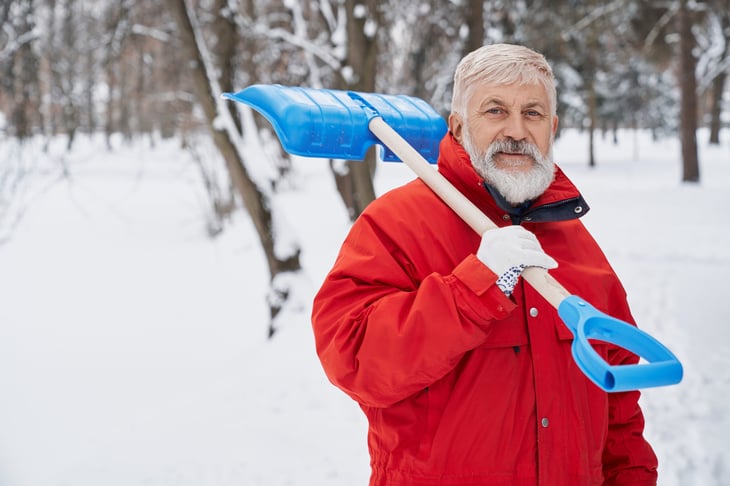
Editor's Note: This story originally appeared on LawnStarter.
Why do your neighbor’s perennials return every spring, but the perennials in your yard die each winter? You might not be growing the right plants for your Hardiness Zone. Turn to the USDA Plant Hardiness Zone Map to help determine which plants will resist Jack Frost in your geographical location.
Once you discern which USDA Zone you live in, you can better determine which plants will thrive in your yard’s vegetable gardens, flower beds, and general landscape.
A location’s average annual minimum winter temperature is the only detail the USDA Plant Hardiness Zone Map covers. But cold temperature isn’t the only factor you need to consider when growing plants in the yard. So, what details does the USDA Plant Hardiness Zone Map not include? Read on for the inside scoop down below.
What Is the USDA Plant Hardiness Zone Map?
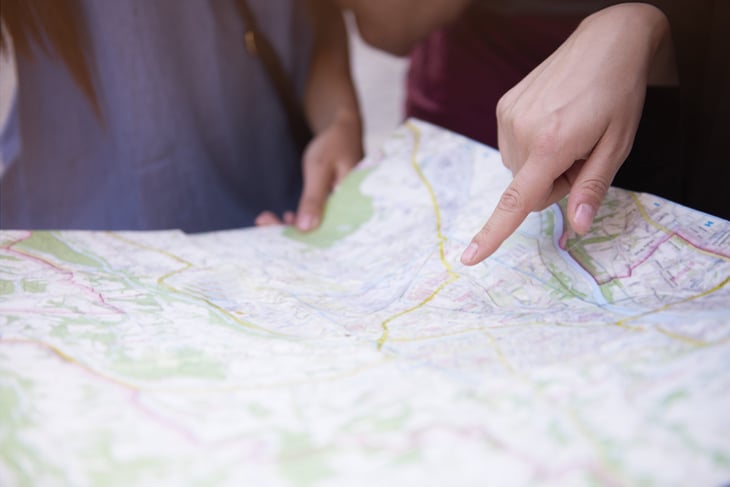
The U.S. Department of Agriculture (USDA) Plant Hardiness Zone Map helps gardeners determine which perennial plants will survive their area’s winters.
The hardiness map contains 13 zones covering the contiguous United States, Alaska, Hawaii, and Puerto Rico. Areas in Zone 1 have the coldest winter temperatures, while areas in Zone 13 experience the warmest winter temperatures. A plant that can survive only the minimum winter temperatures in Zone 13 will not survive Zone 1’s extreme cold.
How Does the USDA Plant Hardiness Zone Map Work?

The hardiness zones, also known as “growing zones” or “gardening zones,” are determined by the average annual minimum winter temperatures in a given area. Each zone is separated by 10 degrees Fahrenheit and divided into two subzones –– subzone “a” and subzone “b.” Each subzone is divided by 5 degrees.
As you shop for new plants at your local garden center, don’t forget to check the plant tag. These labels list the plant’s Hardiness Zone along with other care tips.
Here are the average annual minimum winter temperatures for each zone:
- Zone 1a: (-60 to -55 F/ -51.1 to -48.3 C)
- Zone 1b: (-55 to -50 F/ -48.3 to -45.6 C)
- Zone 2a: (-50 to -45 F/ -45.6 to -42.8 C)
- Zone 2b: (-45 to -40 F/ -42.8 to -40 C)
- Zone 3a: (-40 to -35 F/ -40 to -37.2 C)
- Zone 3b: (-35 to -30 F/ -37.2 to -34.4 C)
- Zone 4a: (-30 to -25 F/ -34.4 to -31.7 C)
- Zone 4b: (-25 to -20 F/ -31.7 to -28.9 C)
- Zone 5a: (-20 to -15 F/ -28.9 to -26.1 C)
- Zone 5b: (-15 to -10 F/ -26.1 to -23.3 C)
- Zone 6a: (-10 to -5 F/ -23.3 to -20.6 C)
- Zone 6b: (-5 to 0 F/ -20.6 to -17.8 C)
- Zone 7a: (0 to 5 F/ -17.8 to -15 C)
- Zone 7b: (5 to 10 F/ -15 to -12.2 C)
- Zone 8a: (10 to 15 F/ -12.2 to -9.4 C)
- Zone 8b: (15 to 20 F/ -9.4 to -6.7 C)
- Zone 9a: (20 to 25 F/ -6.7 to -3.9 C)
- Zone 9b: (25 to 30 F/ -3.9 to -1.1 C)
- Zone 10a: (30 to 35 F/ -1.1 to 1.7 C)
- Zone 10b: (35 to 40 F/ 1.7 to 4.4 C)
- Zone 11a: (40 to 45 F/ 4.4 to 7.2 C)
- Zone 11b: (45 to 50 F/ 7.2 to 10 C)
- Zone 12a: (50 to 55 F/ 10 to 12.8 C)
- Zone 12b: (55 to 60 F/ 12.8 to 15.6 C)
- Zone 13a: (60 to 65 F/ 15.6 to 18.3 C)
- Zone 13b: (65 to 70 F/ 18.3 to 21.1 C)
What Factors Does the USDA Plant Hardiness Zone Map Not Include?
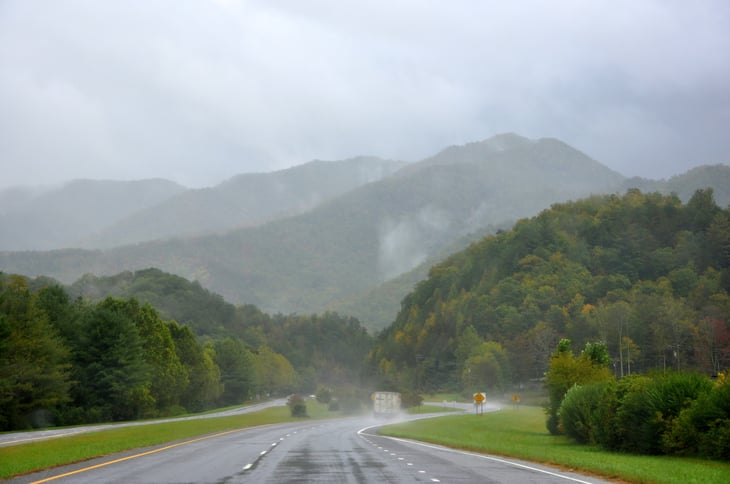
The USDA Plant Hardiness Zone Map is an excellent tool for finding perennials that will handle the cold winter, but the map does have its limitations. The map doesn’t measure an area’s overall climate (also known as the macroclimate), which significantly influences plant selection for your yard.
For example, the USDA Plant Hardiness Zone Map doesn’t show an area’s average highest annual temperatures.
A plant that would survive Florida’s Zone 10 in winter (30 to 40 degrees Fahrenheit) might not survive the zone’s scorching heat in summer. The American Horticultural Society’s Plant Heat Zone Map is a better tool for finding plants that will perform in the heat.
Other essential planting factors the USDA Plant Hardiness Zone Map does not cover include:
- Humidity
- Elevation
- Nearby bodies of water
- Available sunlight
- Wind
- Precipitation
- Frost dates
- Soil type
- Urban heat (urban areas are significantly warmer than surrounding rural areas)
Keep It Simple and Grow Native Plants
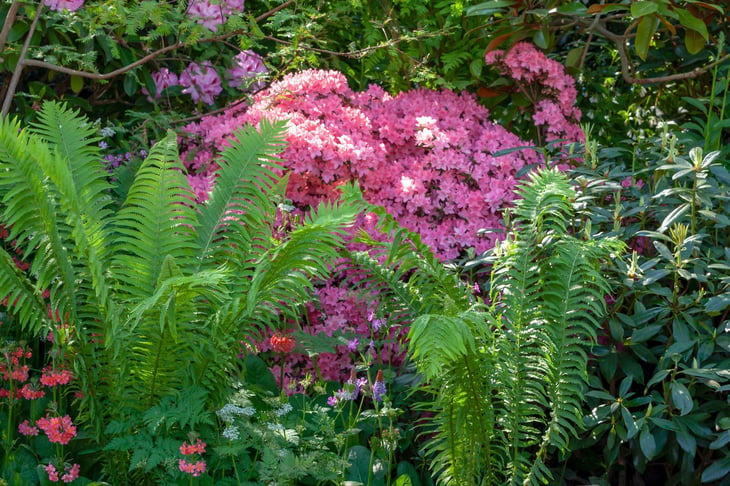
Evaluating every plant’s optimal macroclimate can be a headache. Instead, keep your yard’s plant selection simple by growing native plants. Native plants have already spent years adapting and thriving in your local climate, making your job as a gardener significantly easier.
Visit your local garden center or the NWF Native Plant Finder to learn more about your area’s native plants.
Can You Apply the USDA Plant Hardiness Zone Map to Turfgrass?
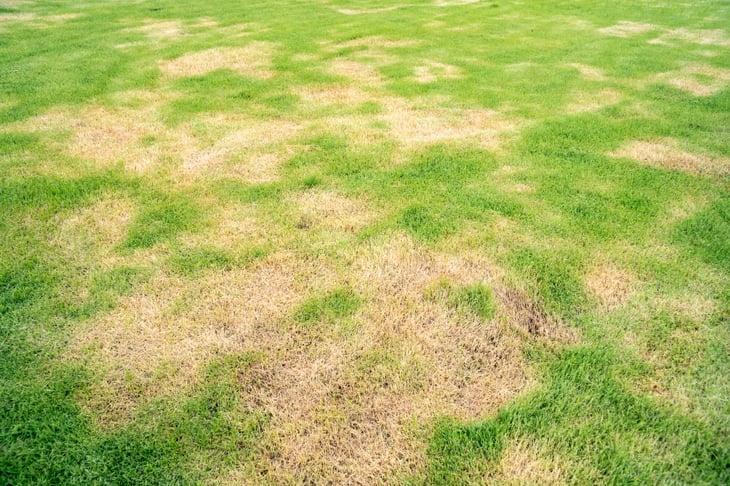
Although turfgrass is a plant, you don’t want to depend on the USDA Plant Hardiness Zone Map for choosing the best grass type for your yard. The map you want to use instead is the Transition Zone Map.
If you live up North, the best grass type for your yard will be cool-season grass. Cool-season grasses grow best in areas with low temperatures throughout most of the year.
These grasses green up in early spring, go dormant when temperatures rise in summer, thrive in autumn, and enter winter dormancy when soil temperatures fall below 45 degrees Fahrenheit.
If you live down South, where temperatures are warm most of the year, you’ll want to plant warm-season grass. Warm-season grasses green up in spring, thrive in summer, and enter winter dormancy when soil temperatures drop below 55 degrees Fahrenheit.
The area sandwiched between the Northern and Southern states is the transition zone. You can grow either warm-season or cool-season grass if you live in the transition zone.
When to Hire a Lawn Care Pro
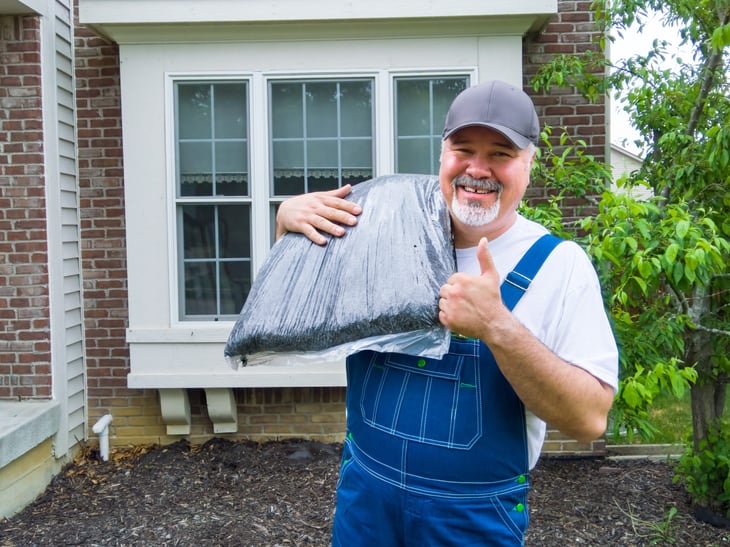
Now that you know your new plant selection will survive the winter, you’ll need to prepare for spring maintenance. From mulching the flower beds to dividing the perennials, the yard work piles up once you have successful plants. But that also means less free time on the weekends.
Hand your honey-do list over to a local lawn care professional who will give your lawn and yard the ultimate care year-round. Once you let a lawn care expert cut the grass, mulch the flower beds, and trim the hedges, your neighbor will soon be the one admiring your yard.





Add a Comment
Our Policy: We welcome relevant and respectful comments in order to foster healthy and informative discussions. All other comments may be removed. Comments with links are automatically held for moderation.